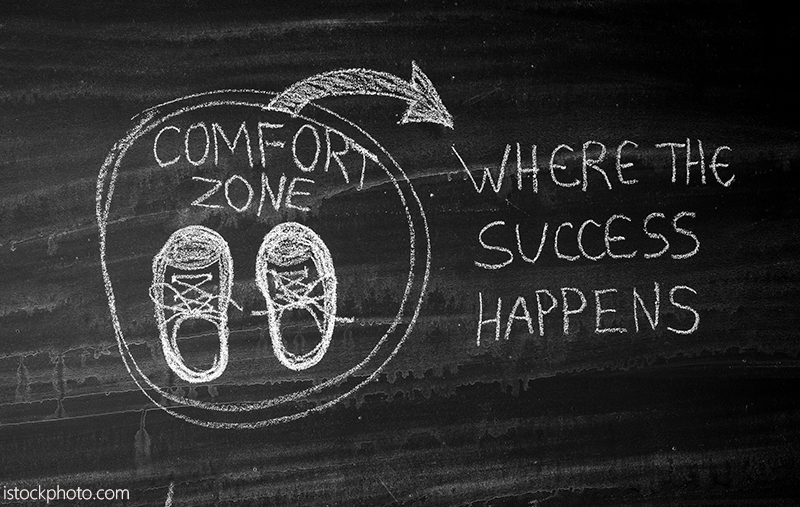
Changes instituted by leadership often cause stress within organizations. Change is unsettling and creates uncertainty, making people feel insecure about roles, responsibilities and the organization’s future. There may be concerns about new processes, technologies or structures that could alter job security or career paths, leading to fear of failure. Change undermines the status quo. It is challenging, uncomfortable and disrupts established habits and routines. Proposals for change might create skepticism, resistance and erode trust. If the rationale behind the change is not communicated effectively, or if the communication is one-way without the opportunity for dialogue, anxiety is not far behind. Participation in the planning and implementation of new ideas can alleviate fears and make transitions smoother. Under any circumstances, change in a large, multifaceted organization is vexing. The status quo is a safety net to which organizations cling tightly.
Leadership can mitigate such stress, according to Forbes. Leaders should communicate the need for change and the benefits it will bring to the organization and its members. Involving a range of people in the change process can increase buy-in and reduce resistance. Recognizing the challenges that change brings and offering support to employees can alleviate fears and concerns. Being open about the process, timelines and expectations helps build trust and reduces uncertainty. If leaders say one thing and do another, it will create more tension. While the introduction of change can create tension, much of that tension can be managed and reduced through thoughtful leadership practices. However, some degree of tension can be beneficial as it may signal engagement; when this tension is ignored or poorly managed, it can become destructive, according to Stanford psychologist Kelly McGonigal.
In a forward-looking organization, stress can stem from the gap between where the organization is and where it wants to be. This gap can motivate people to be innovative and come up with new ideas and solutions. Constructive tension can lead to healthy debate and critical thinking, challenging everyone to examine predispositions, assumptions and approaches, which might result in better decision-making, according to Ann Kowal Smith. Tension can be both the cause and effect of change. It can act as a catalyst for organizational transformation or a stumbling block. Tension can lead to energy and commitment to purpose and mission, or it can calcify people and processes. Choreographing tension can improve resilience, help navigate uncertainty and adapt to change more effectively. Tension can be a diagnostic tool, highlighting areas within an organization that require attention and resources.
Organizational stress can lead to progress. At Apple, the tension between Steve Jobs and then-CEO John Sculley led to Jobs leaving Apple and founding NeXT, which eventually developed technology that would become the foundation of future Apple products. Moreover, Jobs’ departure and eventual return to Apple is often cited as a period of immense personal and professional growth that shaped his leadership style and vision, leading to Apple’s success with products like the iPod, iPhone and iPad. The tension created by the Cold War and the competition with the Soviet Union pushed NASA to innovate rapidly. This competitive tension led to the successful Apollo moon landing: A testament to how inter-organizational tension can lead to extraordinary achievements. The Toyota Production System addressed the tension between the need to increase efficiency and reduce waste and led to the development of lean manufacturing, which has revolutionized production processes not just in automobile manufacturing but across numerous industries. What started as a failed adhesive experiment became one of 3M’s flagship products. The tension between the inventor, Spencer Silver, who had developed an adhesive that didn’t stick well, and his colleague, Art Fry, who saw a use for it as bookmarks, led to the invention of the Post-it Note. Apparent failure, which is the result of experimentation, can lead to better outcomes, but risk must be confronted head-on. Risk aversion is the status quo on steroids.
At Pixar, the brain trust model involves a group of creative leaders who review and challenge each other’s work, an approach that created tension but has also led to a string of successful movies due to its commitment to candid feedback and continuous improvement, according to Harvard Business Review. The tension between profit and environmental impact has led Patagonia to innovative, sustainable practices that have become part of its brand identity and driven growth among environmentally-conscious consumers.
Universities are balanced, intellectual and emotional ecosystems when they are healthy. They benefit from a certain level of tension or dynamic interaction, like all complex human systems. Tension and stress arise from the interplay of diverse ideas, disciplines and individuals, and can take various forms. Tension and stress always precede progress.
Walter V. Wendler is President of West Texas A&M University. His weekly columns, with hyperlinks, are available at https://walterwendler.com/.
